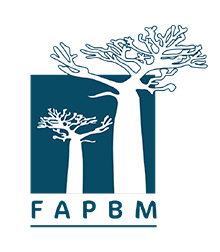Flagship Species
The Protected Area of Mahimborondro is characterised by a dense evergreen forest over almost half its area. Three plant species are known only from Mahimborondro. The site is also home to a rich, rare, threatened animal biodiversity, including the Madagascar red owl, classified as a vulnerable species, or the chameleon Calumma hafahafa, considered as a critically endangered species.












